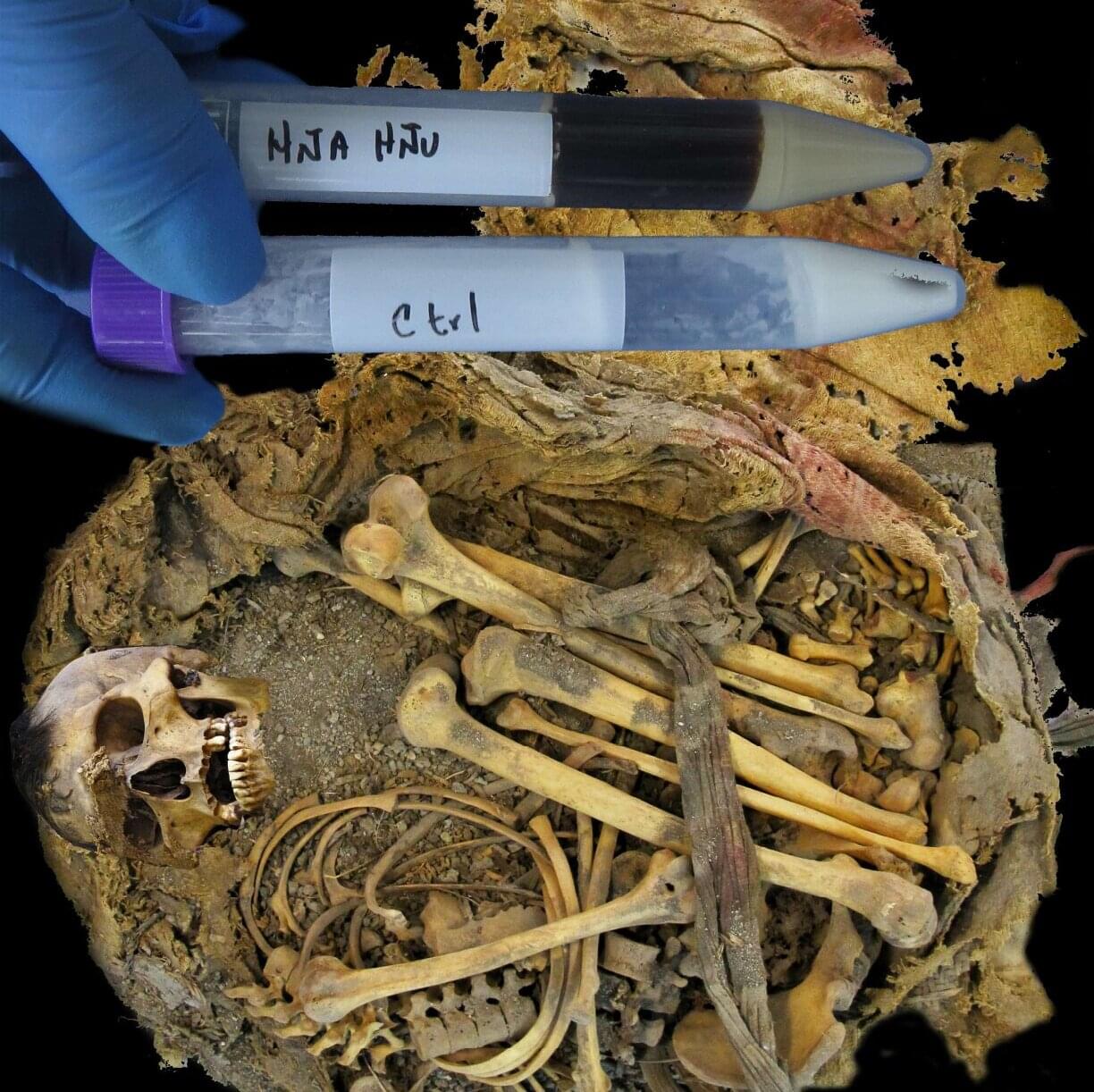Analysis of preserved feces and intestinal tissue has revealed specific types of bacteria that were present in the microbiome of a young adult man who lived in Mexico about 1,000 years ago, prior to Spanish colonization. Santiago Rosas-Plaza of Universidad Nacional Autónoma de México and colleagues present these findings in PLOS One.
The human gut microbiome consists of microorganisms, including bacteria, that naturally live in people’s intestines. Certain types of bacteria are widely associated with the human gut microbiome, but a person’s particular mix of bacteria may vary depending on factors such as age, diet, health, and where they live. Studying ancient microbiomes using mummies and human remains can therefore deepen understanding of ancient populations and show how the human microbiome may have changed over time.
A growing number of ancient microbiomes have been revealed, including for an ancient Incan person and Germany’s “Tyrolean Iceman.” To further expand the field, Rosas-Plaza and colleagues analyzed the exceptionally well-preserved remains of a man discovered in a rock shelter in Zimapán, Mexico. Prior analyses suggest the “Zimapán man” was most likely a seasonal seminomadic hunter-gatherer who was part of the ancient Mesoamerican Otopame culture and died about 1,000 years ago between the ages of 21 and 35.
